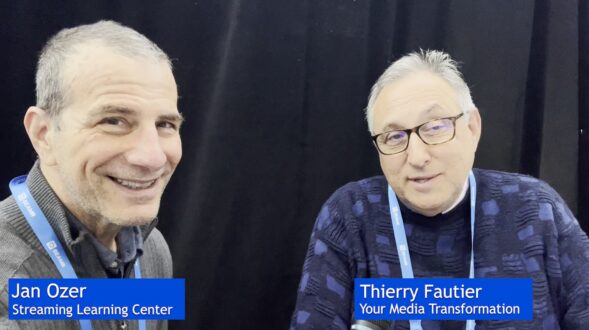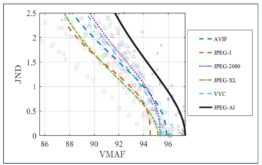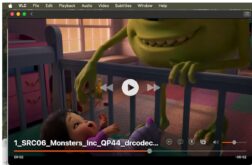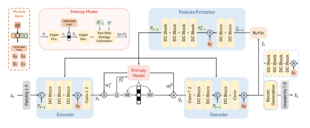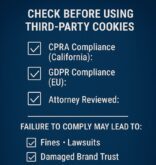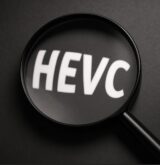At Mile High Video 2025, I sat down with Thierry Fautier, a well-known video industry consultant and former executive at Harmonic. Thierry is widely recognized for his deep technical expertise and strategic insights into video standards and codec development.
Since leaving Harmonic, he’s been working as an independent consultant, helping CEOs optimize their teams and navigate the rapidly evolving video landscape. In our interview, Thierry shared his experiences transitioning from Harmonic to consulting, his work with VisualOn, and his thoughts on the future of video codecs, including VVC and AV1.
You can watch the interview on YouTube here; it’s also embedded below. Thierry’s quotes have been lightly edited for readability.
Contents
Transition from Harmonic to Independent Consulting
Thierry started by describing his transition from Harmonic and how he’s leveraging his industry expertise as a consultant. Thierry explained, “I’m still deeply involved in the video space. I’m active on LinkedIn—I’ve had over a million views over the last 12 months—but that’s not my main activity. My main activity is really to help CEOs perform better with their teams, go after new markets, and fix whatever can be fixed in existing organizations.”
Thierry works with a range of companies, and continues to engage with industry organizations and trade forums. “I’m quite involved in many video-related topics,” he noted. “That’s why I come to Mile High Video, because it’s a good conference to bring all the video experts together.”
Work with VisualOn: Content-Aware Encoding
Thierry next discussed his role with VisualOn, where he’s working on advanced content-aware encoding technology. He explained that VisualOn’s solution optimizes video encoding without altering the video itself. “The optimizer doesn’t touch the video,” Thierry explained. “It guides the encoder, finding the right parameters for every frame. That’s very different from pre-processing.”
He emphasized that this approach improves efficiency without compromising quality: “We’re talking about how you can increase the efficiency of a video or live encoder within an FFmpeg framework. It’s about connecting to whatever exists rather than being locked into a proprietary system.” Regarding where the technology fits into the workflow, Thierry noted, “It’s both live and on-demand.
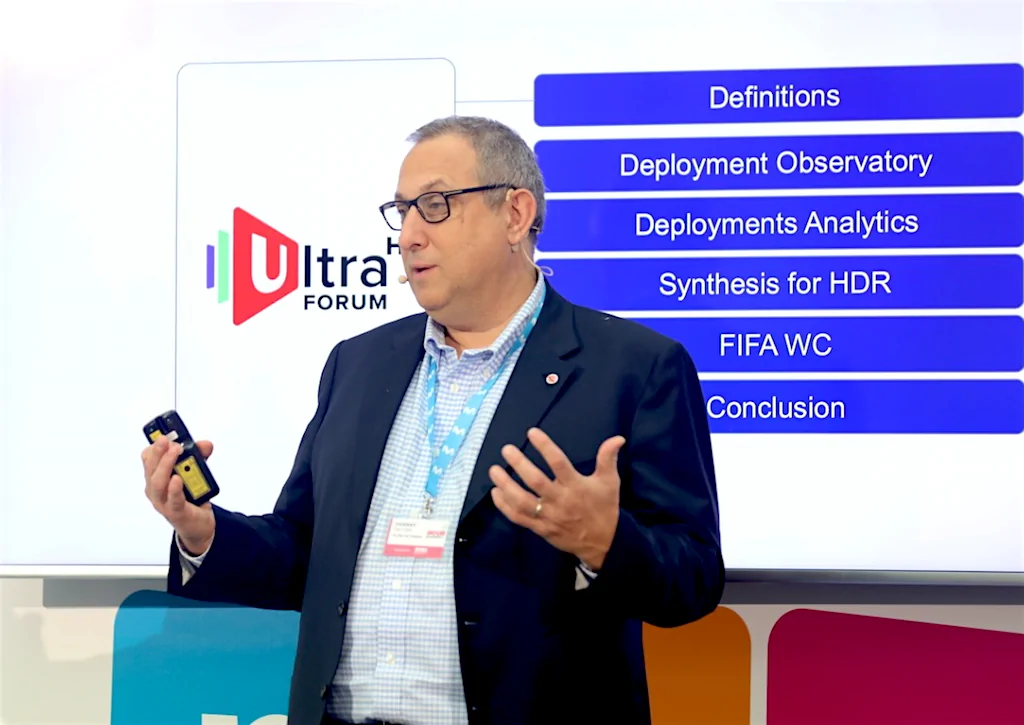
Insights on Video Codecs: VVC, AV1, and Beyond
Thierry next shared his thoughts on VVC (Versatile Video Coding) and its chances of widespread adoption. He was blunt in his assessment: “VVC is great technology but has poor adoption, and I can’t fix that.”
Thierry explained that while the VVC decoder works well on mobile devices, the complexity and patent issues are significant hurdles. “Nobody is touching it because it’s too complicated,” he said. “The good news is that VVC decoders on mobile work. Alibaba has presented a very decent implementation of up to 4K. But if I want to record, can I do it? No.”
He also commented on the future of VVC, noting that limited deployment in countries like Japan and Brazil is likely, but global success remains uncertain. “I think Brazil will launch it. Japan will make an 8K channel, but it’s not impactful,” he noted. However, Thierry suggested that VVC could see significant adoption in China due to geopolitical dynamics: “If the Chinese community decides they can’t use American technology, VVC could be a huge success in China—and maybe beyond.” Thierry was cautious regarding the long-term outlook for VVC: “High expectations, not too many results so far. But you can’t say never.”
On AV1, Thierry noted that while it has strong backing from major streaming platforms, adoption has been slower than expected. “Streamers like Netflix and Google have a lot of power, but it hasn’t exploded yet,” he observed. “I think the next few years will be interesting to see whether AV1 or VVC gains the upper hand.”
Why Mile High Video Matters
Thierry is no stranger to Mile High Video, having attended since its second conference. He praised the event’s technical focus and the unique mix of industry experts and academics. “What’s unique about Mile High Video is that it brings together a lot of video experts—academic and non-academic—and everybody knows each other,” he said. “You have people who’ve worked at competing companies, but they come together here to share knowledge.”
He also contrasted Mile High Video with other industry events: “I like the Dan Rayburn Conference, but it’s very business-minded. Here, it’s about technology, much less about business.”
Role as Contributing Editor for Faultline
In addition to his consulting work, Thierry is a contributing editor for Faultline, writing one weekly article on video technology trends. His recent articles have focused on the challenges of mobile codec adoption, particularly the lack of hardware encoders for AV1 and VVC. “I came up with real data showing there is no hardware encoder on mobile devices. If we do another codec that doesn’t fit on the mobile platform, it’s going to be a disappointment from the get-go,” he explained.
Thierry uses his articles to bridge the gap between codec developers and the industry. “I like that the codec people are starting to listen to the industry. That would be a first,” he quipped.
Conclusion
From his work on content-aware encoding with VisualOn to his candid views on VVC, AV1, and the broader codec landscape, Thierry offered a wealth of insights. He also highlighted why Mile High Video is a must-attend event for anyone serious about video technology.
For more in-depth analysis and to hear Thierry’s thoughts in his own words, be sure to watch the full interview.
 Streaming Learning Center Where Streaming Professionals Learn to Excel
Streaming Learning Center Where Streaming Professionals Learn to Excel

